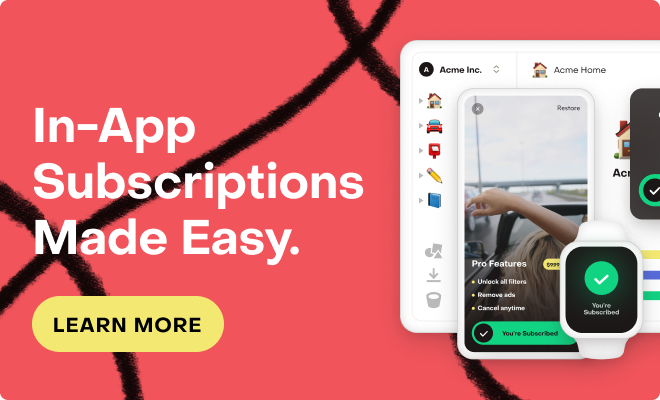I am integrating RevenueCat into both my iOS and Android applications, and I've encountered an issue with how purchases are assigned to customer IDs across different logins:
-
On iOS: When I log in with Account A, set the customer ID to A (with revenuecat’s login), and make a purchase (not subscription), the purchase is correctly associated with customer ID A in the RevenueCat dashboard. However, when I log out and log in with Account B (in my app), set the customer ID to B (with revenuecat’s login), and make another purchase, the new purchase still gets associated with customer ID A instead of B.
-
On Android: After logging out of Account A and logging in with Account B, the new purchase correctly associates with customer ID B as expected.
I've already set the “Restore Purchases Behavior” in RevenueCat to “Leave purchases on the original App User ID”.
Expected Behavior: My expectation is that purchases made by customer A should only be associated with customer ID A, and purchases by customer B should only be associated with customer ID B, without any crossover or confusion between them.
Could you help clarify why this is happening on iOS and how I can ensure that each account’s purchases remain isolated to their respective customer IDs, as it works on Android?




